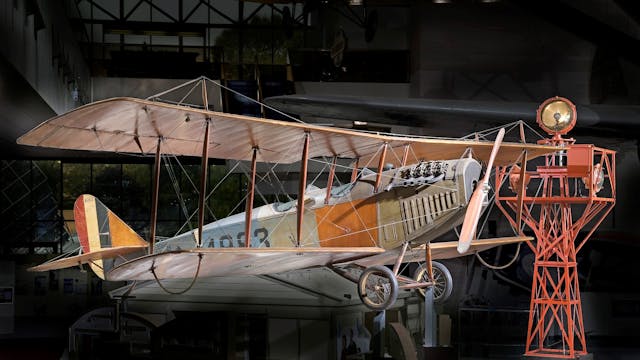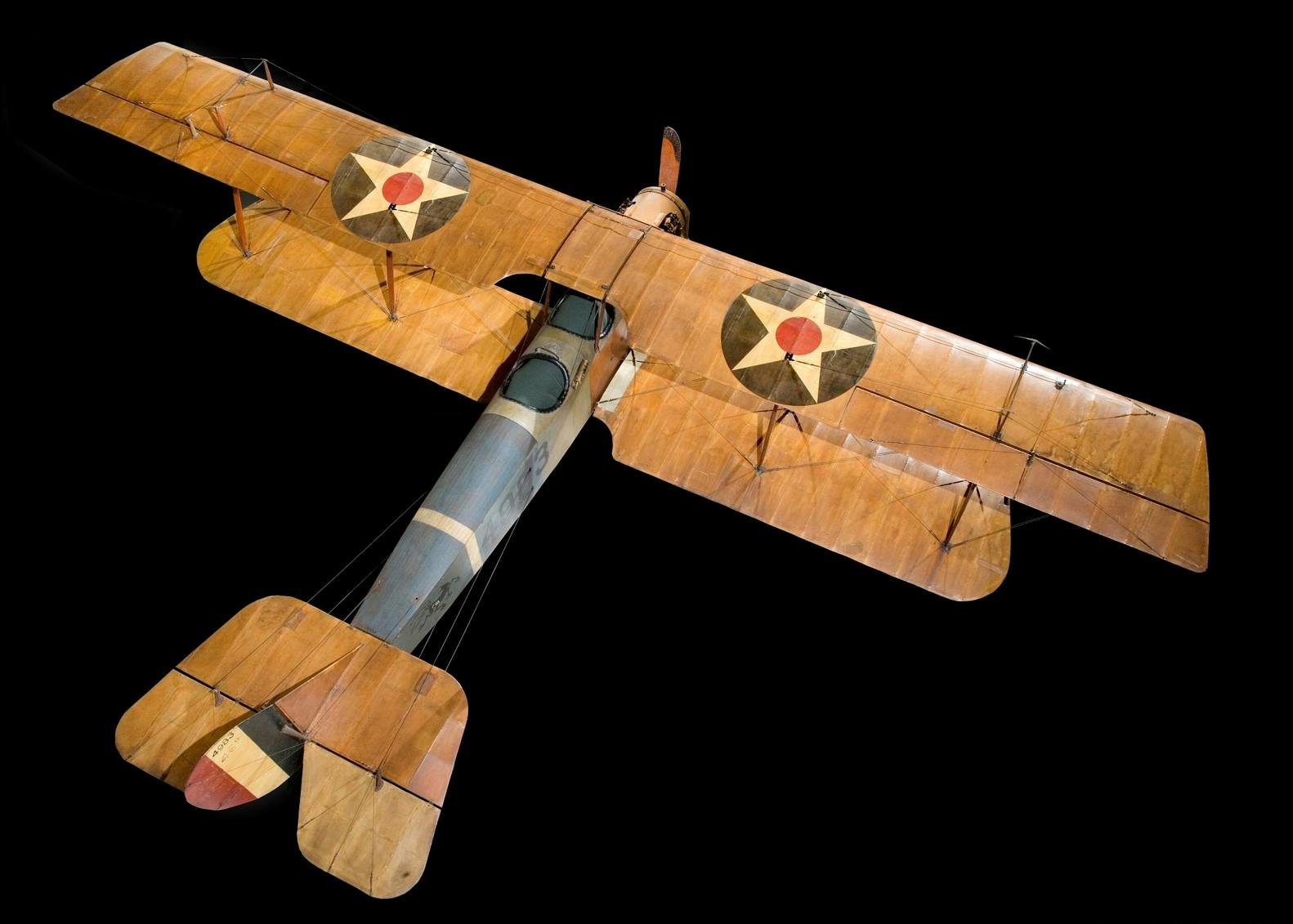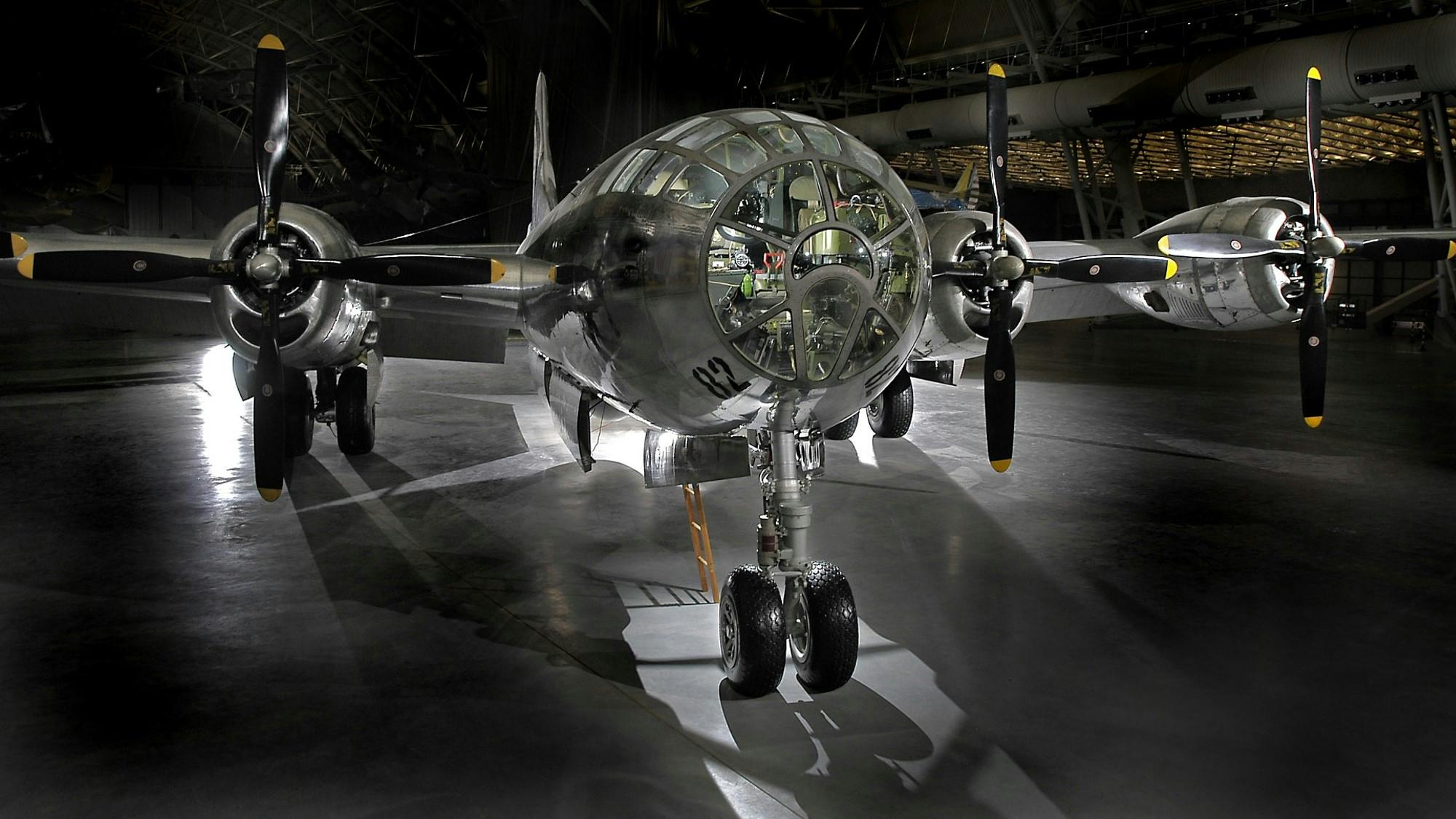Take a peek into the delicate science of aircraft preservation
The choice between restoration and preservation isn’t a dilemma reserved for automobiles. As Malcolm Collum, chief conservator at the Smithsonian National Air and Space Museum, tells us, the question is a big one for any historic artifact, regardless of size—and that includes airplanes and NASA space craft.
Of course, it’s an easy answer for the Smithsonian—preservation all the way—especially considering that every aircraft in its collection is technically grounded forever. It’s a philosophy that Collum has lived by for his entire career, originally as an art conservator.
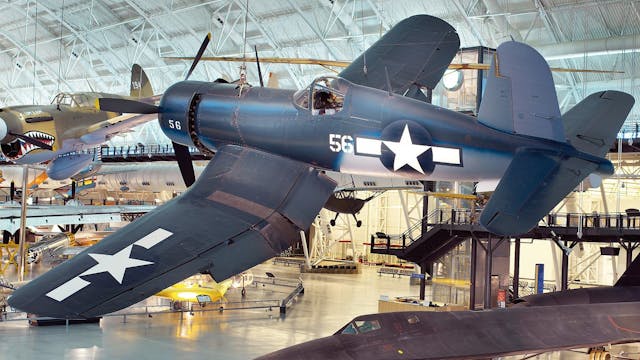
“That’s kind of been my focus, trying to translate the philosophies that apply to historical objects at all museums to historic technological objects … The principals apply across the board—and preservation is the overriding theme,” Collum tells Hagerty’s Brad Phillips during a recent livestream interview. “When you’re dealing with large-scale objects and objects that were made out of materials that were never really designed to last for 100 or 200 years, that’s where the challenges come in for me—trying to come up with creative ways to keep this stuff around for as long as possible.”
Similar to automotive preservation, techniques exist to preserve aircraft without causing permanent damage—the use of reversible polymers, for instance—but the differences between automobile preservation and aircraft preservation are extensive. Race cars and airplanes are the most comparable, Collum says, given that they evolved almost in tandem during the 20th century.

“A lot of the innovations in aviation were then borrowed by the racing industry and vice versa,” he says, specifically engines and lightweight composite materials that proved valuable to both. However, “as far as complexity, a couple of people can take a race car apart—by design—in a few hours, [and] some of the things we work on take years to fully take apart. The Enola Gay [for instance] … the total on that was about 300,000 man-hours, which is just a staggering number.”
Using a 1919 Curtiss Jenny from the Smithsonian as an example, Collum says the service life of the plane (built of wood, cloth, and leather) was expected to be only about 10 years. So to find a 100-year-old example fully intact makes it precious and, therefore, a perfect candidate for careful preservation—not restoration.
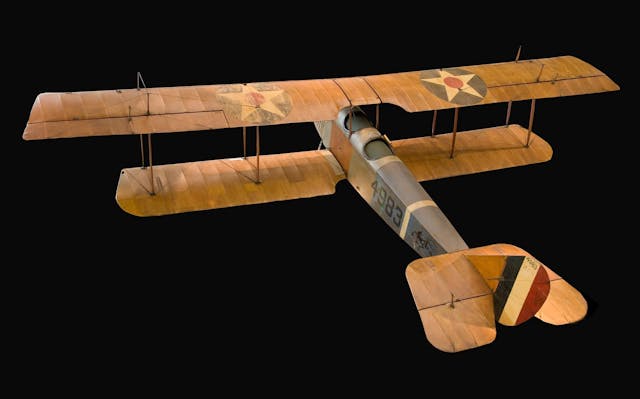
“People look at this thing and there’s just a completely different emotional response than there would be to a restored Jenny,” Collum says. “[While we enjoy] celebrating the craft and art of restoration—it’s an amazing feeling to transform something—when you’re dealing with museum artifacts and you’re dealing with things that are truly special and rare, you have to take your ego out of the formula and really see it for what it is, that this is really something worth putting in extraordinary effort to keep it preserved for as long as possible.”
Collum points out that dilapidated airplanes are often cheap to buy, but they’re expensive to preserve and maintain. Aircraft restoration techs (A&P mechanics) typically have higher hourly rates than ordinary mechanics and, as with exotic automobile restoration, qualified specialists are more difficult to find.

Among the problems that aircraft preservationists must deal with are the variety of hazardous materials that were used to build and maintain the planes in-period, things like cadmium plating, zinc-chromate paint, radium-painted instrument dials, asbestos, beryllium, and polychlorinated biphenyls (PCBs), not to mention weapons and ammunition on military relics. Plus, aircraft engine designs can be very complex, requiring specialized tools, jigs, and extensive research to disassemble and rebuild. And hangar space is much more costly than garage space.
Should a museum decide to fly the aircraft, the FAA requires rigorous and costly annual inspections and adherence to all FAA airworthy directives. Fortunately, Collum says, that is not a concern for the Smithsonian. Even so, its preservation work is not any less tedious—or rewarding.
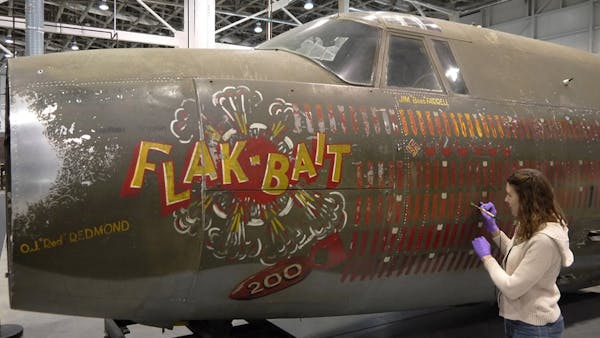
“I was born in the wrong century, maybe,” Collum says with a laugh. “I just love working on stuff, and I love history and love laying hands on it and studying it, so the field of conservation was really the perfect fit for me. I feel very lucky to be in this position.”
There is so much more in the livestream for you to enjoy, including Collum’s work on the Wright Flyer and other iconic aircraft. You can watch the entire interview above (you’re welcome).
